Dictionary
Cheer up

- Definition:
-
Make someone happy.
-
Animar a alguien.
- Example:
-
Cheer up and don’t worry! Everybody is ready for a great concert.
-
Anímate y no te preocupes! Todo el mundo está listo para un gran concierto.
- Spanish word:
-
Anímate
- Audio:
Label (noun)
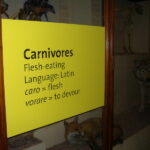
- Definition:
-
A piece of paper or other material that gives you information about an object.
-
Un trozo de papel u otro material que te da información sobre un objeto.
- Example:
-
This is a label in a museum about animals.
-
Esta es una etiqueta en un museo sobre animales.
- Spanish word:
-
Etiqueta.
- Audio:
-
Nutrition

- Definition:
-
The use of food by the body to grow and be healthy.
-
El uso de la comida por el cuerpo para crecer y estar sano.
- Example:
-
Nutrition education help students to learn about healthy and unhealthy food.
-
La educación sobre nutrición ayuda a los alumnos a aprender sobre productos saludables y no saludables.
- Spanish word:
-
Nutrición, alimentación.
Audio:

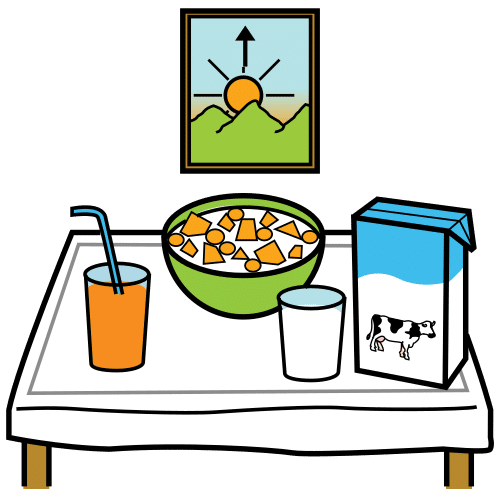 You learn about the food students have for breakfast at school.
You learn about the food students have for breakfast at school.

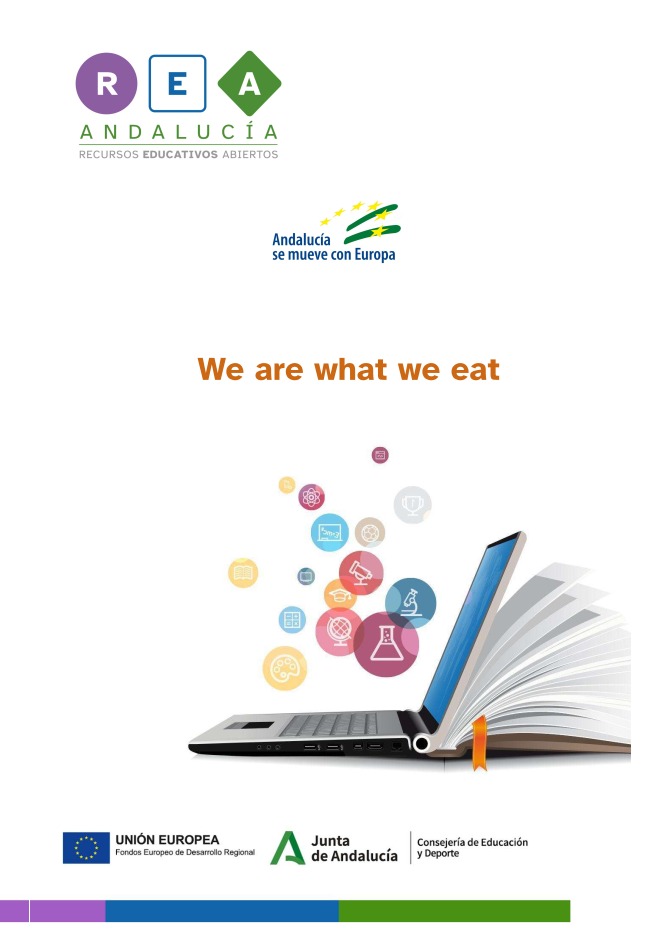
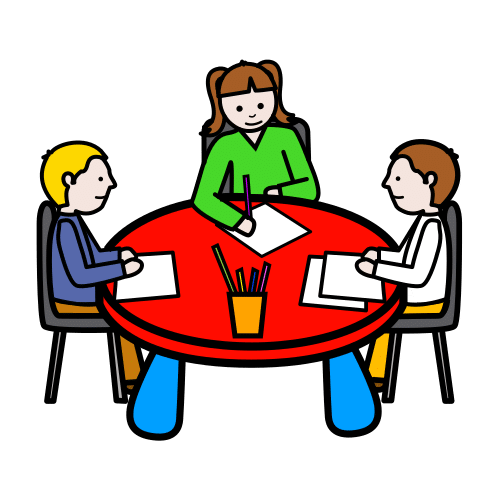 In groups of five: Ask your classmates about their breakfast.
In groups of five: Ask your classmates about their breakfast.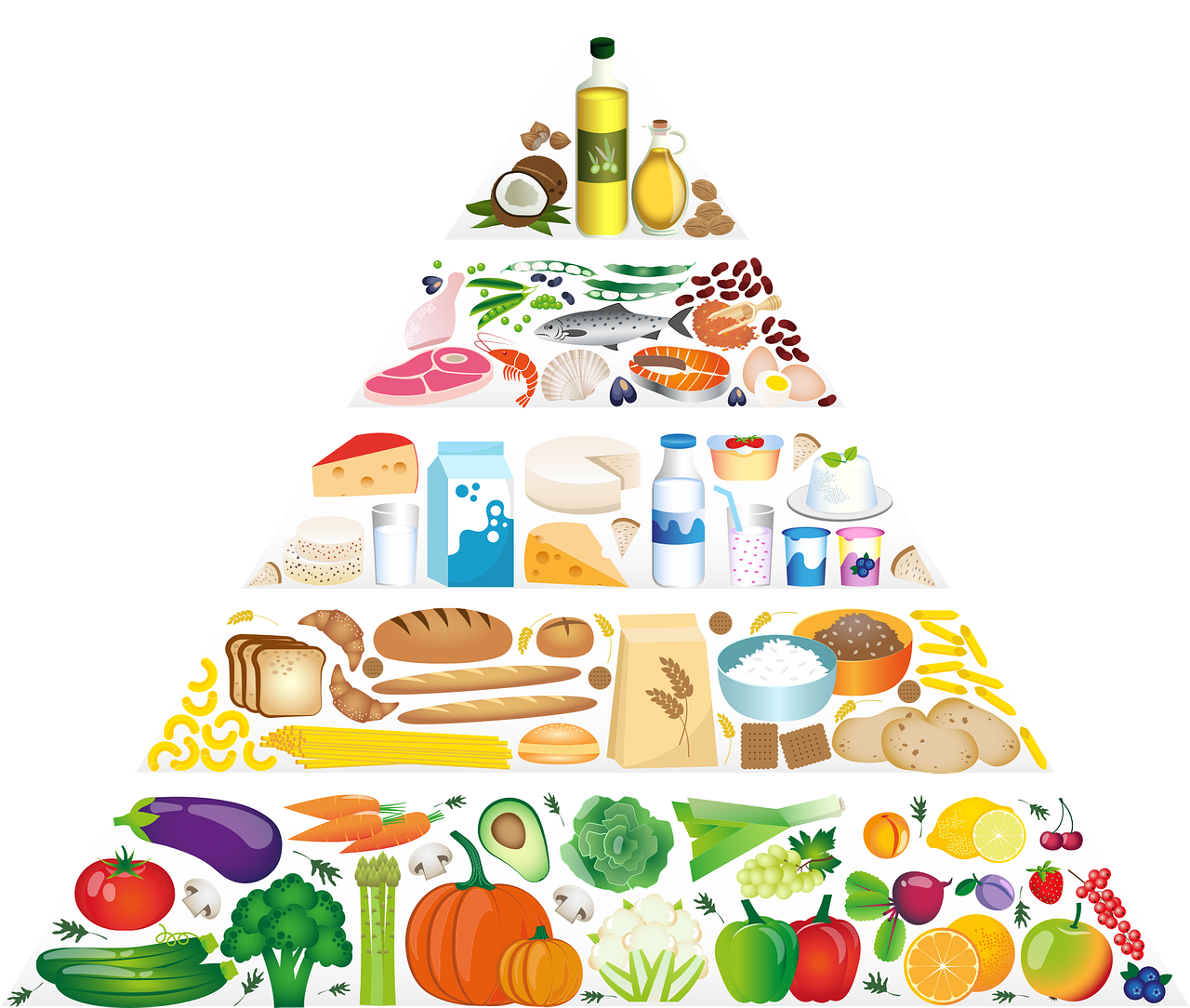 - Classify the food they usually have for breakfast.
- Classify the food they usually have for breakfast.
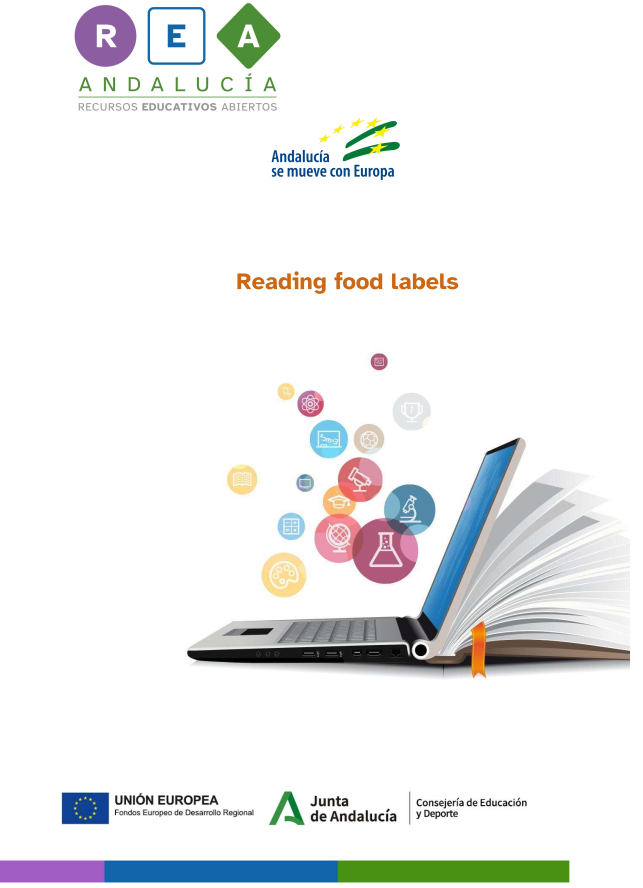
 Definition:
Definition:
 You know about:
You know about:  - Now you read the label of the products.
- Now you read the label of the products.